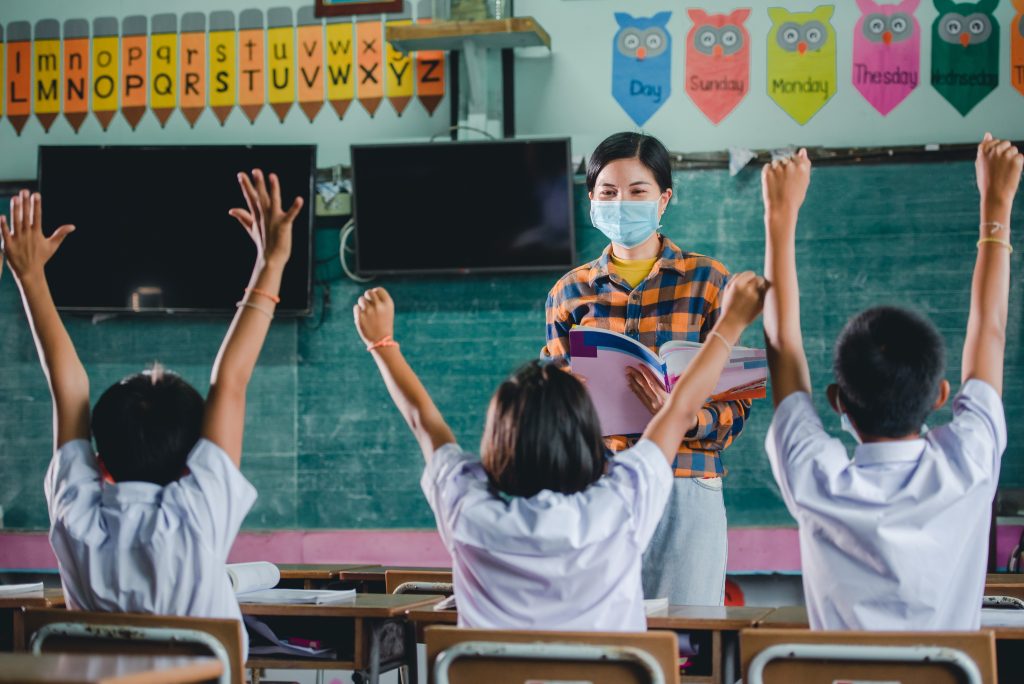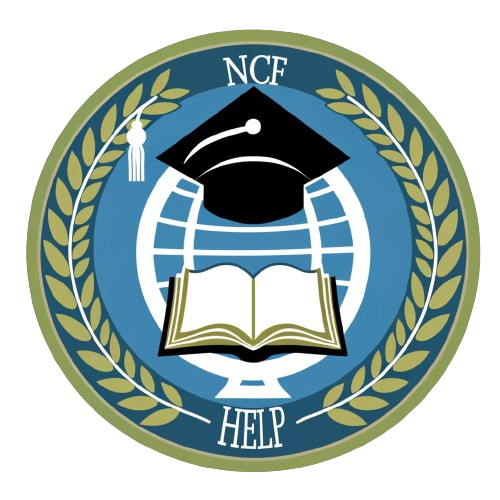Discover how collaborative learning strategies can empower students, enhance critical thinking, and build essential 21st-century skills, aligning with the NCF-SE 2023 vision.
Keywords: Collaborative Learning, Teamwork, NCF-SE 2023, Student Engagement, Critical Thinking, 21st Century Skills
Hashtags: #CollaborativeLearning #Teamwork #NCFSchools #StudentEngagement #CriticalThinking #21stCenturySkills
As a teacher, I’ve witnessed the magic that unfolds when students work together. The energy in the classroom shifts, ideas spark, and learning transcends the boundaries of individual understanding. Collaborative learning, far from being a new trend, has been a cornerstone of education for centuries, aligning perfectly with the holistic and learner-centric vision of the NCF-SE 2023.
Why Collaboration Matters:
The NCF-SE emphasizes the development of well-rounded individuals equipped with essential skills for the 21st century. Collaboration plays a crucial role in nurturing these skills:
- Critical Thinking and Problem-Solving: Working in groups encourages students to analyze problems from different perspectives, evaluate evidence, and develop creative solutions.
- Communication and Interpersonal Skills: Collaboration requires effective communication, active listening, and the ability to express ideas clearly and respectfully.
- Social and Emotional Learning: Teamwork fosters empathy, builds trust, and teaches students to navigate diverse perspectives and resolve conflicts peacefully.
- Leadership and Responsibility: Collaborative projects provide opportunities for students to take on leadership roles and develop a sense of responsibility for their contributions to the team.
Creating a Collaborative Classroom:
- Building a Culture of Trust and Respect: Foster a classroom environment where students feel safe to share their ideas, take risks, and learn from their mistakes.
- Setting Clear Expectations and Goals: Clearly define the goals of collaborative activities and ensure that students understand their roles and responsibilities within the team.
- Structuring Group Work Effectively: Utilize diverse grouping strategies (e.g., ability-based, interest-based, mixed-ability) and provide clear instructions and guidelines for collaboration.
- Providing Scaffolding and Support: Offer guidance and support to students as they learn to work effectively in teams, providing feedback and addressing challenges as they arise.
Collaborative Learning Strategies:
- Think-Pair-Share: Students think individually about a question, then pair up to discuss their ideas before sharing with the whole class.
- Jigsaw Method: Divide students into groups and assign each group a portion of a larger task. Students become experts in their assigned section and then share their knowledge with the rest of the class.
- Problem-Based Learning: Present students with real-world problems and have them work collaboratively to research, analyze, and propose solutions.
- Project-Based Learning: Engage students in long-term projects that require collaboration, research, and application of knowledge and skills across disciplines.
Assessment in Collaborative Learning:
- Observe and document student interactions and contributions within groups.
- Evaluate the quality of group work, including the final product and the collaborative process.
- Assess individual student learning through self-reflections, peer evaluations, and individual contributions to group projects.
Beyond the Classroom:
The skills and values fostered through collaborative learning extend beyond the classroom, preparing students for success in their future careers and as active citizens in a diverse and interconnected world.

My Experience:
In my own classroom, I’ve seen the transformative power of collaboration. Students who were once hesitant to participate become active contributors, sharing their ideas with newfound confidence. They learn to listen to and appreciate different perspectives, celebrate each other’s successes, and support each other through challenges.
Conclusion:
Collaborative learning is not just a pedagogical strategy; it’s a way of fostering a culture of learning where students feel valued, empowered, and connected. By embracing collaboration, we can create classrooms that prepare students for a future where teamwork, critical thinking, and creative problem-solving are essential for success. As Helen Keller so aptly stated, “Alone we can do so little; together we can do so much.”

